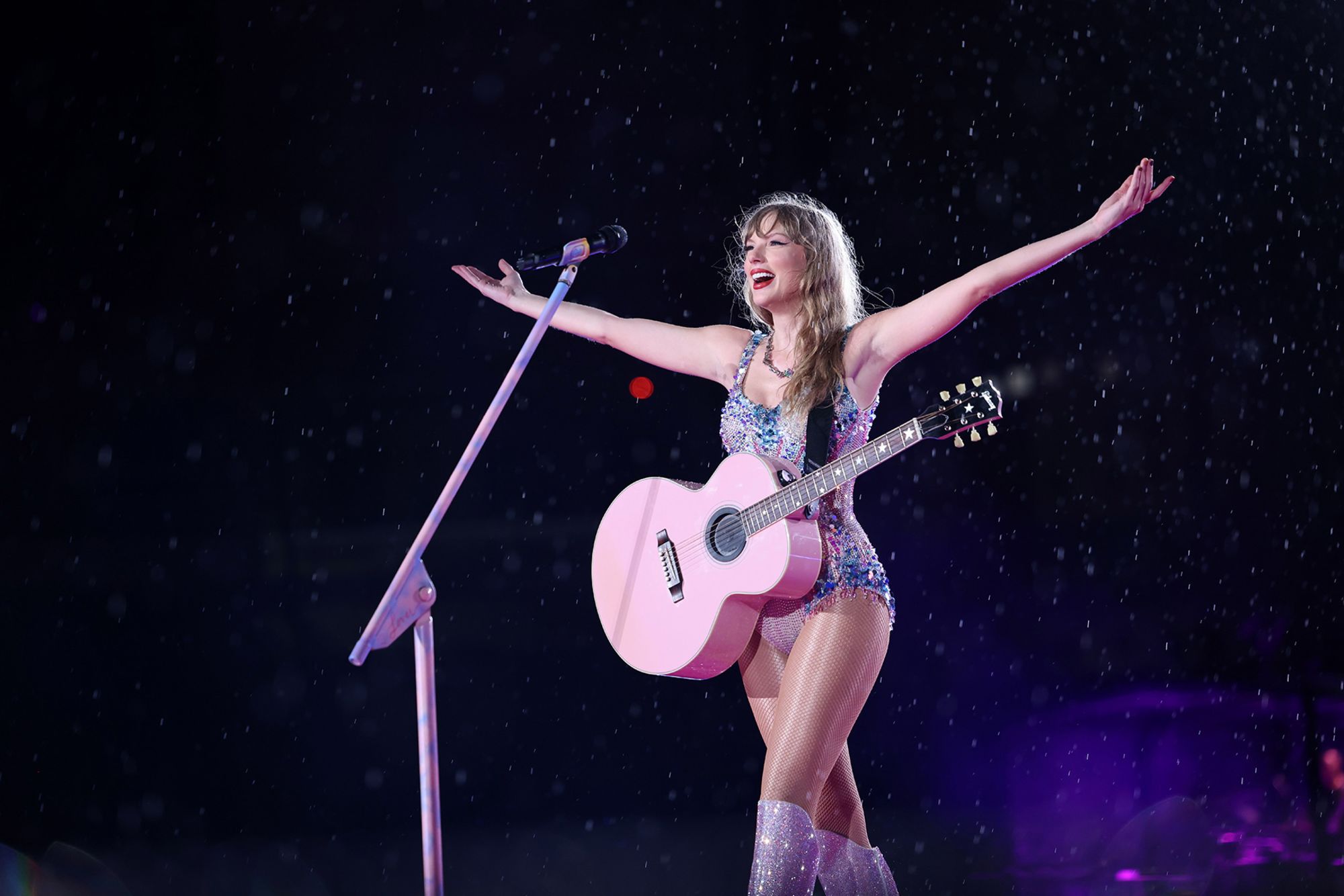The term “post-Covid” is a troublesome one — not least for those currently living with the disease or its long-term effects. But while experts still consider Covid-19 a pandemic, 2023 was the year the World Health Organization declared that it was no longer “a public health emergency of international concern.”
Much of the world responded to this restored sense of normalcy with a fit of revenge spending that bolstered struggling creative sectors (though the subsequent slowdown is already underway). This was largely good news for the art, fashion and culture worlds, which in a year defined by war and technological disruption responded in creative ways that both reflected and rebuked society’s most pressing challenges.
Here are some of the forces that, for better or worse, captured the zeitgeist in the past 12 months:
Who runs the world? Girls
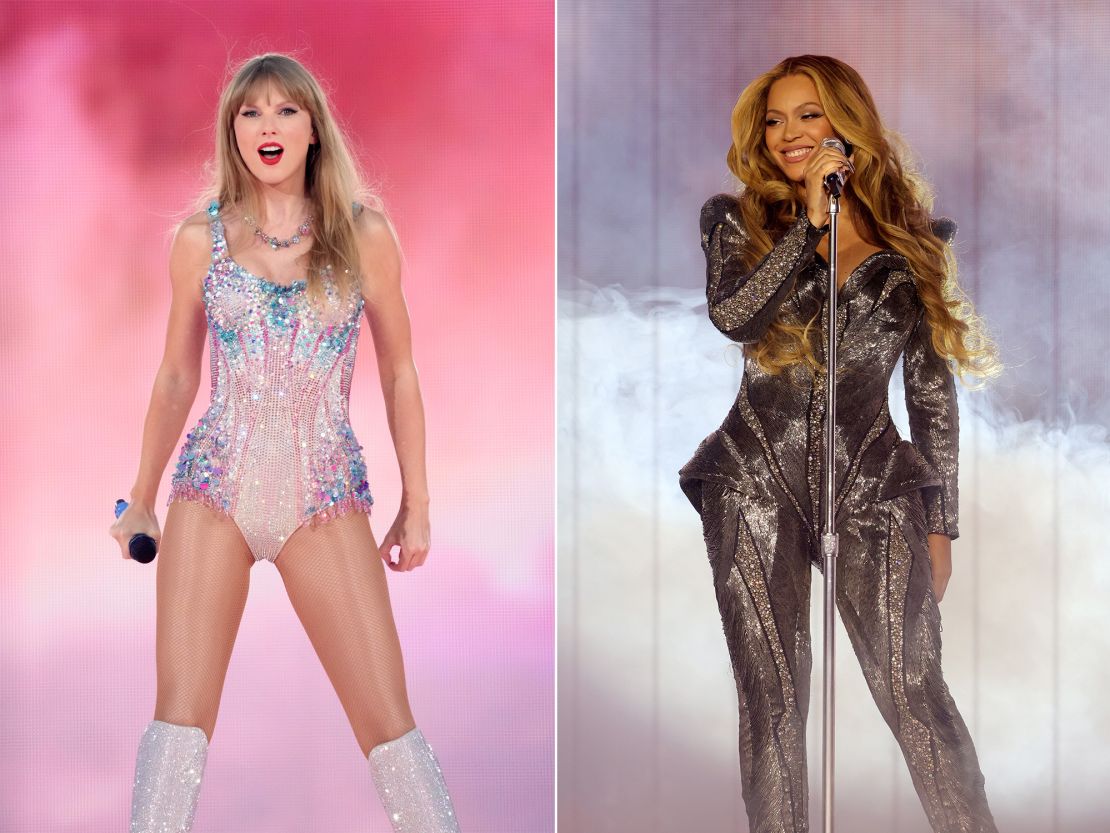
Two of the cultural economy’s biggest drivers were tours by a pair of music’s most successful women: Beyoncé and Taylor Swift.
The latter’s “The Eras Tour,” which literally made the earth shake, became the first tour to gross over $1 billion. Such was demand for tickets that organizers of the Singapore leg, for instance, reported more than 22 million people registering for the pre-sale, while more than a million people waited in an online queue.
The global frenzy catapulted the 34-year-old further into mega-stardom, prompted a US Congress hearing into the lack of competition in the ticketing industry after Ticketmaster was unable to process orders and even changed the travel industry, with hotels experiencing surging demand and airlines adding extra seats around concert dates.
Beyoncé’s “Renaissance” tour, meanwhile, added more than $4.5 billion to the US economy, according to an analysis of concertgoers’ spending by research firm QuestionPro. An economist at Denmark’s Danske, meanwhile, blamed the star for contributing to Sweden’s inflation woes, after her decision to kick off the 56-show extravaganza Stockholm led to a surge in hotel and restaurant prices in the city.
‘Barbenheimer’ boosted the box office

Like Bey and Tay, Greta Gerwig’s “Barbie” unleashed the spending power of women, who made up an estimated two-thirds of the movie’s audience. The simultaneous release of Universal Pictures’ “Oppenheimer” meanwhile led to a major studio rivalry (or mutually beneficial publicity campaign) and a reawakening of America’s movie-going muscle.
The stark contrast between a cheeky feminist take on Barbie’s all-pink world and the harrowing story of the father of the atomic bomb inspired some of the year’s best memes, jokes and parodies, as well as the “Barbenheimer” challenge, which saw moviegoers attempt to watch the features in succession on a single day. The phenomenon turned both movies into viral sensations and created buzz that translated to more than $2.3 billion of global box office revenue, with “Barbie” becoming the highest grossing film in Warner Bros.’ 100-year history.
Fashion’s biggest conglomerates got bigger
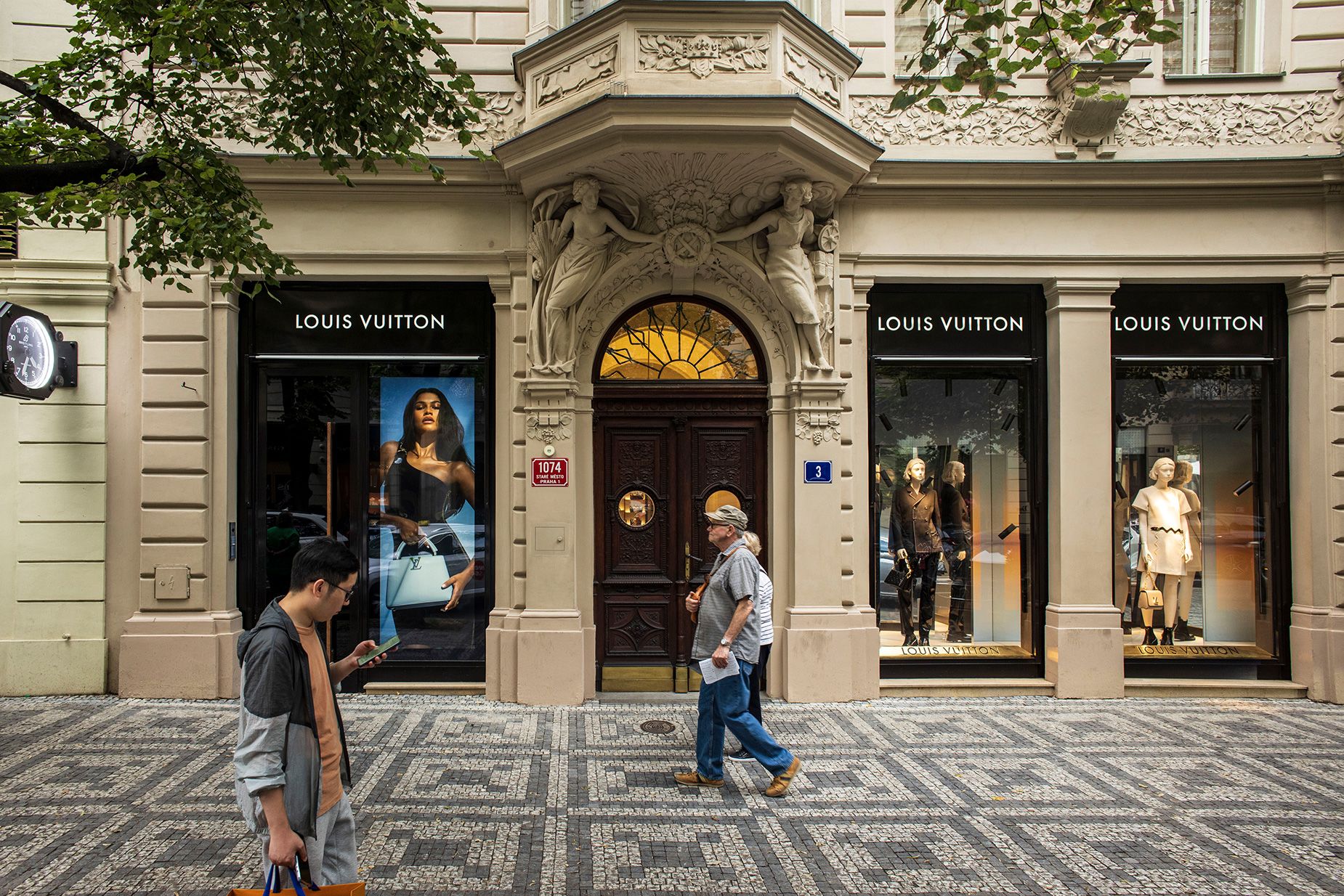
Conglomerates control huge swathes of the fashion industry, and they continued to tighten their grip on the $1.6-trillion luxury market this year. According to March 2023 data from Savigny Luxury Index, a general market index measuring published by the wealth management group Savigny Partners, LVMH, Kering and Richemont own a combined 62% of the luxury fashion market.
This summer, Coach and Kate Spade’s parent company Tapestry merged with Versace and Michael Kors’ owner Capri in an $8.5 billion deal. Meanwhile LVMH, which owns Louis Vuitton, Givenchy, Christian Dior and Fendi, among many others, became the first European company to surpass $500 billion in market value in April.
At the other end of the market, the realities of running independent high-end fashion labels felt increasingly bleak, with self-funded designers facing fierce competition and young, industry-recognized talent find themselves unable to sustain their brands.
Art theft and restitution
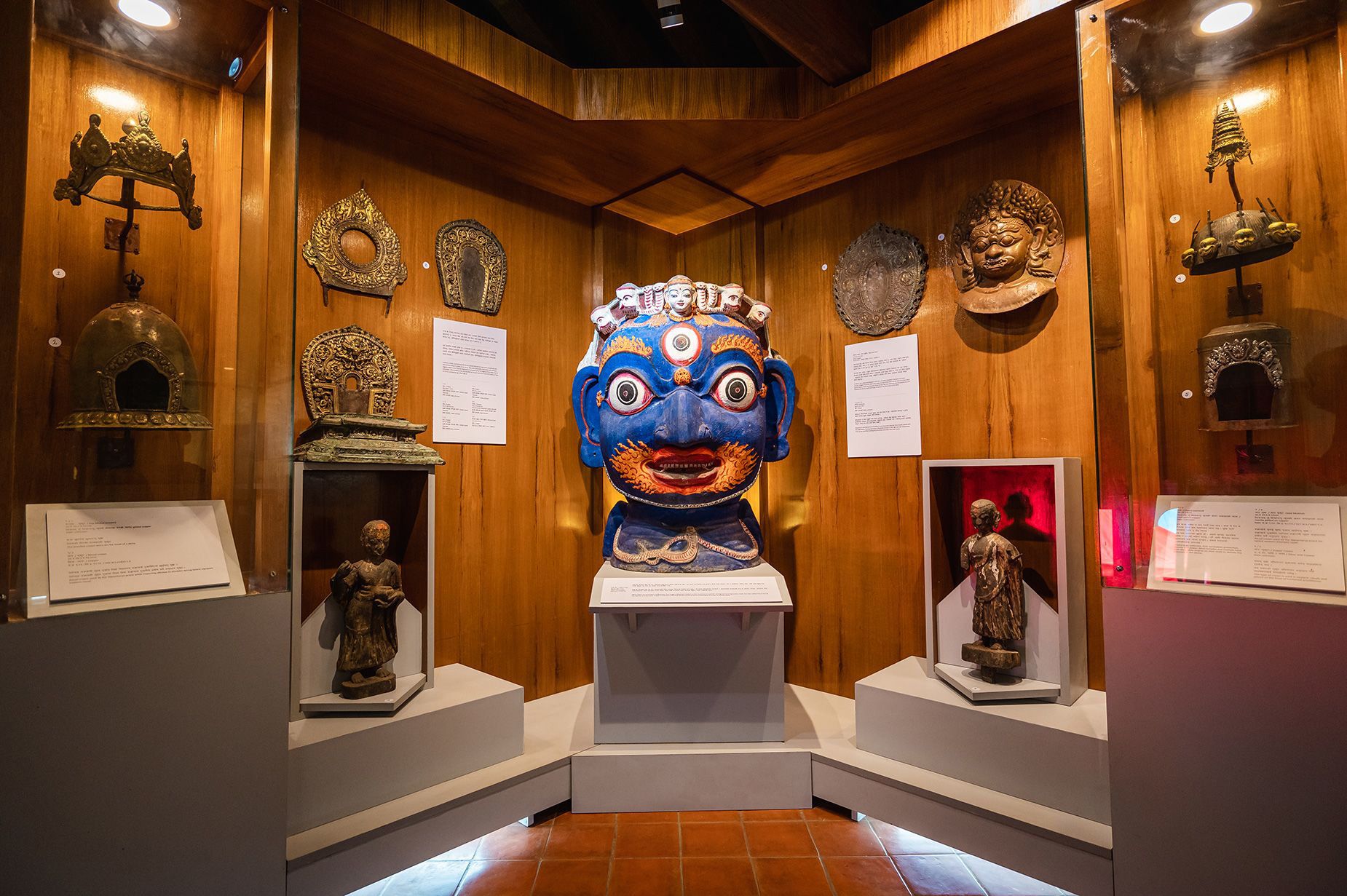
With museums and collectors under ongoing pressure to return objects with questionable origins, high-profile art restitutions continued apace this year. New York’s Rubin Museum of Art and Metropolitan Museum of Art returned artifacts taken from a 11th century Nepalese monastery (pictured above) as well as from archeological sites in southeast Asia; the National Gallery of Australia and the family of the late American pipeline billionaire George Lindemann promised to send back looted objects to Cambodia; and the US announced that it will return 77 items to Yemen, to name just a few examples.
One notable holdout has been the British Museum, which came under increased pressure to return contested items from its sizeable collection. Among them are the Parthenon marbles, which have for decades been at the center of a diplomatic row between the UK and Greece — and this year saw the spat intensify, leading British prime minister Rishi Sunak refusing to meet his Greek counterpart (and King Charles raising eyebrows by wearing a tie emblazoned with the Greek flag days later).
The museum was itself the victim of theft, having discovered in August that around 2,000 pieces from its collection were missing (and in some cases, had been offered for sale on eBay). Recovery efforts are currently underway, with the museum appealing to the public for the return of its treasures.
Money talks, ‘quiet luxury’ whispers
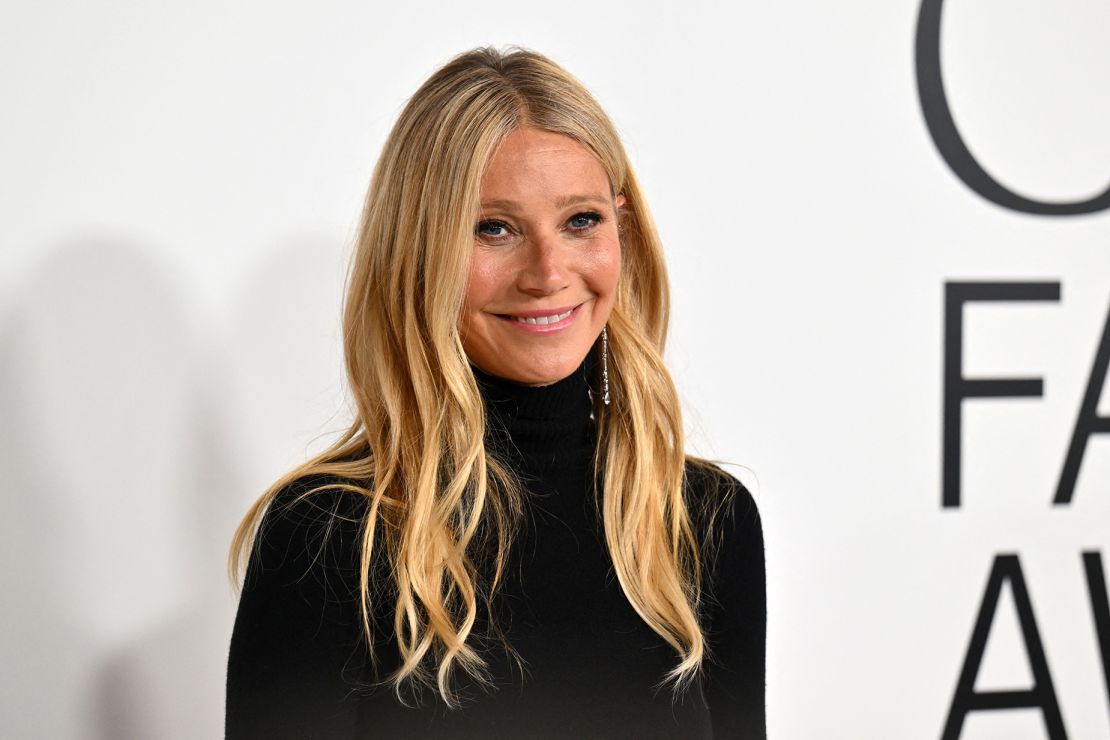
With many parts of the world facing a cost-of-living crisis caused by rising inflation and soaring energy and food prices, it is perhaps no surprise that 2023 was the year of “quiet luxury.” The idea that affluence should whisper, not shout, was reflected in a new kind of pared-back simplicity — on the runways and beyond — that communicated status without the need for blaring logos or in-your-face styling.
HBO’s “Succession,” which concluded its fourth and final season in May, helped bring the “stealth wealth” trend to the fore, with the show’s ultra-rich protagonists often opting for elevated basics (Shiv Roy’s work wear and Kendall Roy’s baseball caps were among the show’s many sartorial talking points). So, too, did Gwyneth Paltrow’s high-profile but low-fuss courtroom wardrobe, which arguably generated more headlines than the ski accident being litigated at the trial.
Soon, Prada was pitching its new menswear collection as “a reconsideration of simple things” and cult designer Phoebe Philo was launching her long-awaited eponymous label with a debut collection defined by understated elegance. Elsewhere, the trend — not to be confused with minimalism — spanned watches, accessories and even hotels (see jeweler Chopard’s new “anti-hotel” in the heart of Paris).
Strikes paralyzed Hollywood — and the red carpet
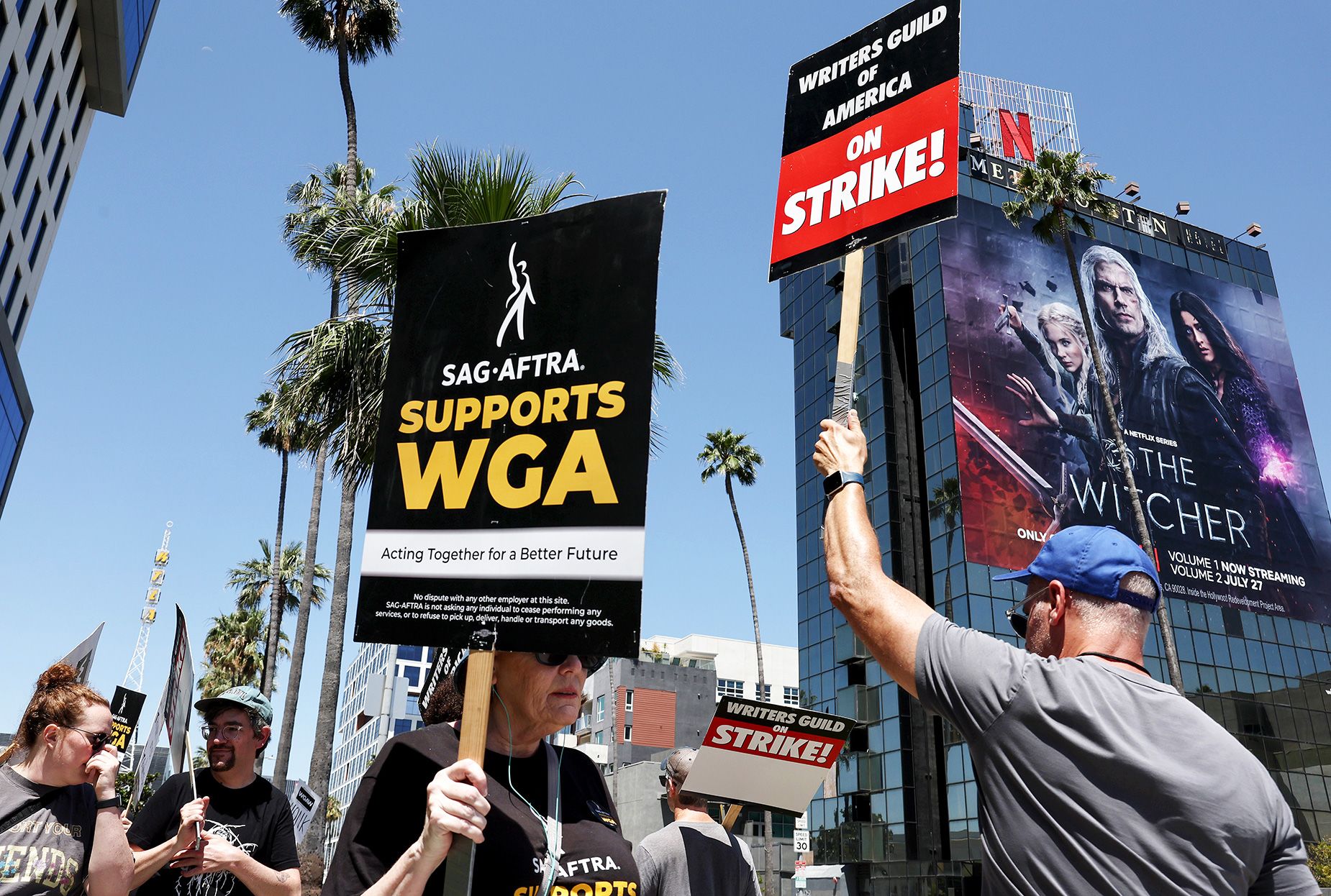
For almost four months this year, Hollywood went on strike as actors called for increased pay and residuals, which have diminished in the age of streaming services that eschew conventional royalties and rarely disclose how often content is watched. The US Bureau of Labor Statistics reported that actors earned an average of $27.73 an hour last year and noted that many aren’t paid year-round. Writers also went on strike, bringing movie and television productions to a halt.
Award ceremonies were scaled back or postponed, resulting in some unusually low-key red carpets. And while this was bad news for celebrity makeup artists and stylists, who lost a major source of income, it also presented influencers and models a chance to step into the limelight vacated by movie stars.
In November, the actors’ union SAG-AFTRA finally reached a settlement with major studios. The agreement, which will expire in May 2026, include pay increases, longer-duration employment, better benefits, royalty guarantees and protection against the studios’ use of artificial intelligence — another major sticking point for both actors and writers.
AI continued to vex creatives

Screenwriters and actors weren’t the only ones worried about AI putting their livelihoods at risk. Authors like George R. R. Martin, Jodi Picoult and John Grisham joined a class action lawsuit against OpenAI, the company behind ChatGPT, saying it used copyrighted work while training its systems to create more human-like responses. More than 10,000 authors, including James Patterson, Roxane Gay and Margaret Atwood, also signed an open letter calling on AI industry leaders to obtain consent from authors when using their work to train large language models — and to compensate them fairly when they do.
Visual artists meanwhile found ways to fight back against their work being used by AI without their consent — thanks in part to programs like Glaze, which tricks AI models into reading images differently to the human eye (for example, an oil painting might look like a charcoal drawing) and PhotoGuard, which stops them from manipulating images.
Other fields also faced competition from emerging technology — in April, an AI-generated image even won a Sony World Photography Award. But many creatives embraced the developments’ potential, from Japan’s first AI-generated manga comic to entire fashion collections designed with the technology.
NFTs hit new lows
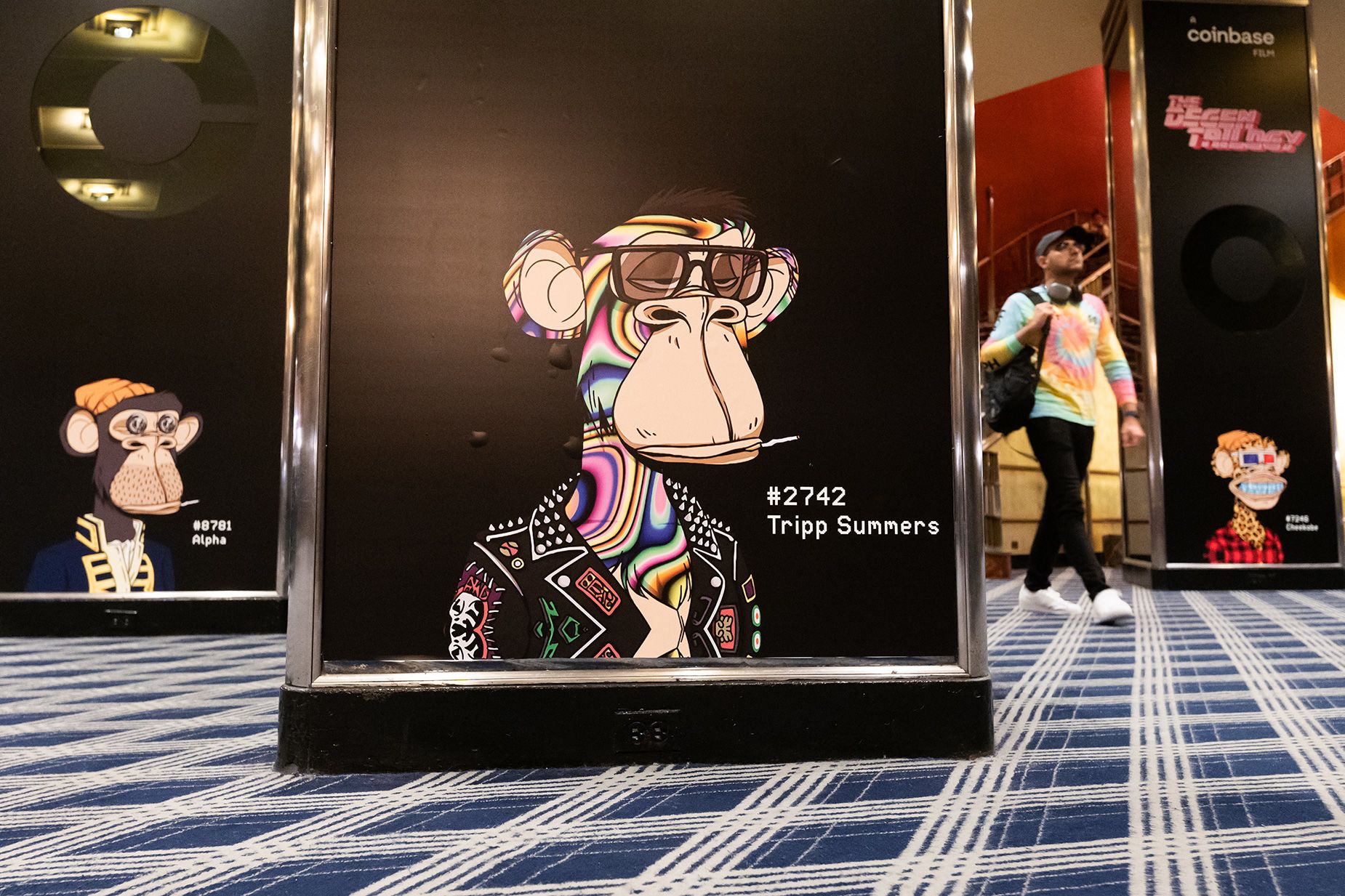
If the dramatic rise and fall of NFT prices was among the biggest stories of 2022, this year offered more sobering long-term realities for token enthusiasts. And with trading volumes flatlining, some of the firms and figures behind the celebrity-endorsed collectibles faced a new wave of legal action.
In April, investors sued the creators of Bored Ape NFTs, Yuga Labs, among others, for “misleadingly” promoting the tokens and artificially inflating their prices. (At the time, the company told CNN the claims were “completely without merit or factual basis.”) Soccer star Cristiano Ronaldo is also facing a $1-billion class action lawsuit for his promotion of the crypto exchange Binance, including selling NFTs of himself. Elsewhere, a federal jury in New York found that an artist’s NFT versions of Hermes’ famous Birkin bags violated the luxury house’s trademark rights.
With Bitcoin prices rallying in recent months, however, some crypto analysts have expressed hope that the “NFT winter” may finally be coming to an end. But despite a relatively healthy bump in November sales, it’s a long, long way back — even to more recent heights.
Tiaras, trans rights and turmoil at Miss Universe
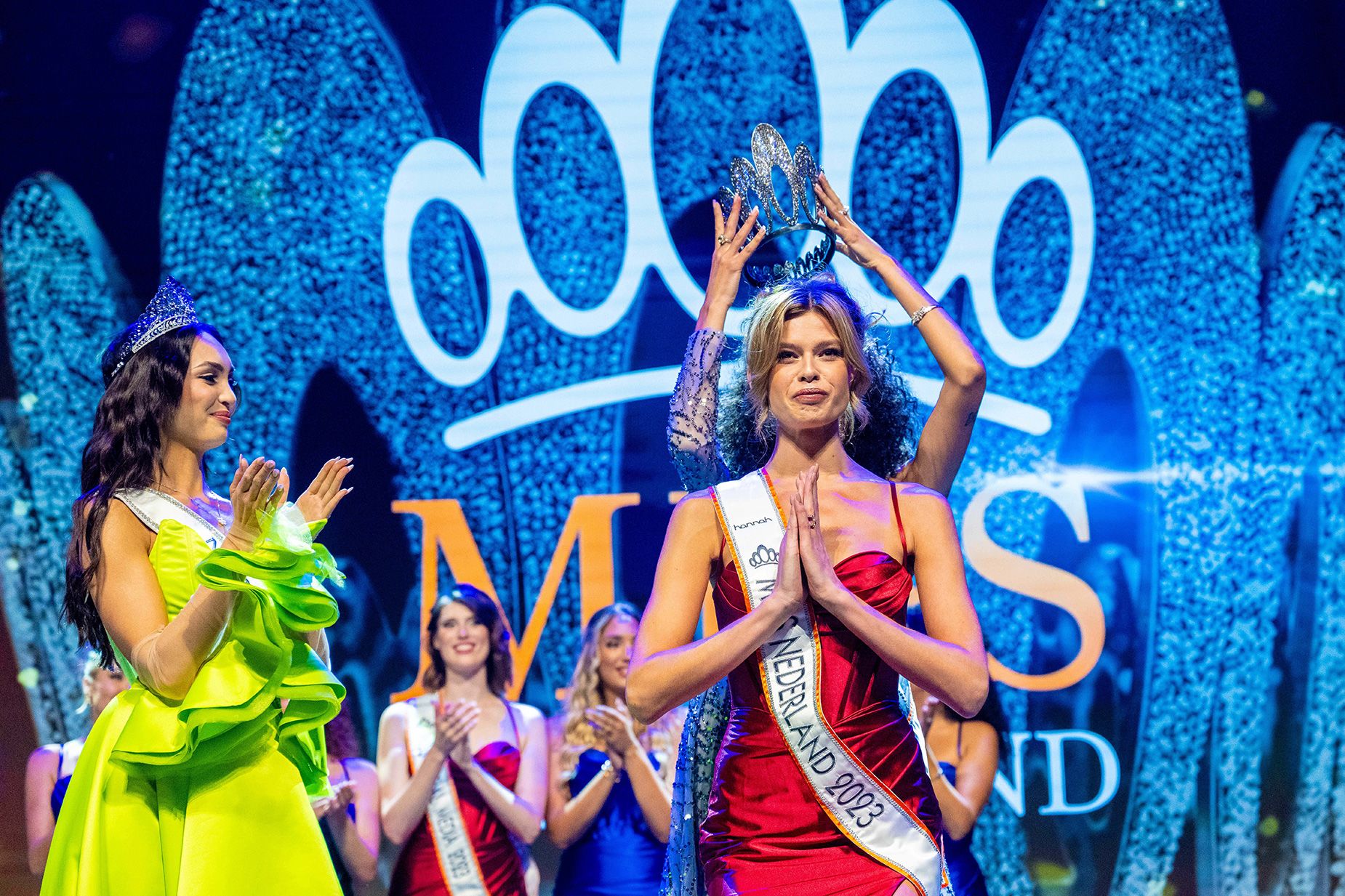
Regardless of what place — if any — you think the Miss Universe competition has in the modern age, this year’s pageant generated more talking points than any in recent memory. In a victory for LGBTQ inclusion, the competition featured two trans women for first time, after Marina Machete and Rikkie Kollé were selected to represent Portugal and Netherlands, respectively.
Triumph turned to turmoil just days before the finale in El Salvador, when the owner of Miss Universe, JKN Global Group, filed for bankruptcy. But while the Thai media distribution company was nonetheless able to stage a successful show — complete with elegant evening gowns and some delightfully bizarre “national costumes” — what followed was even more dramatic.
After Nicaragua’s Sheynnis Palacios became country’s first representative to claim the tiara, the director of the Miss Nicaragua franchise, Karen Celebertti, was charged with conspiracy and treason. Celebertti, who alongside her husband and son stands accused of being involved in a plot to overthrow the government, subsequently resigned. (Celebertti did not respond to CNN’s request for comment but wrote on Instagram that she has worked transparently and “with zeal and effort to exalt the name of my homeland.”)
Choppy waters for auction houses
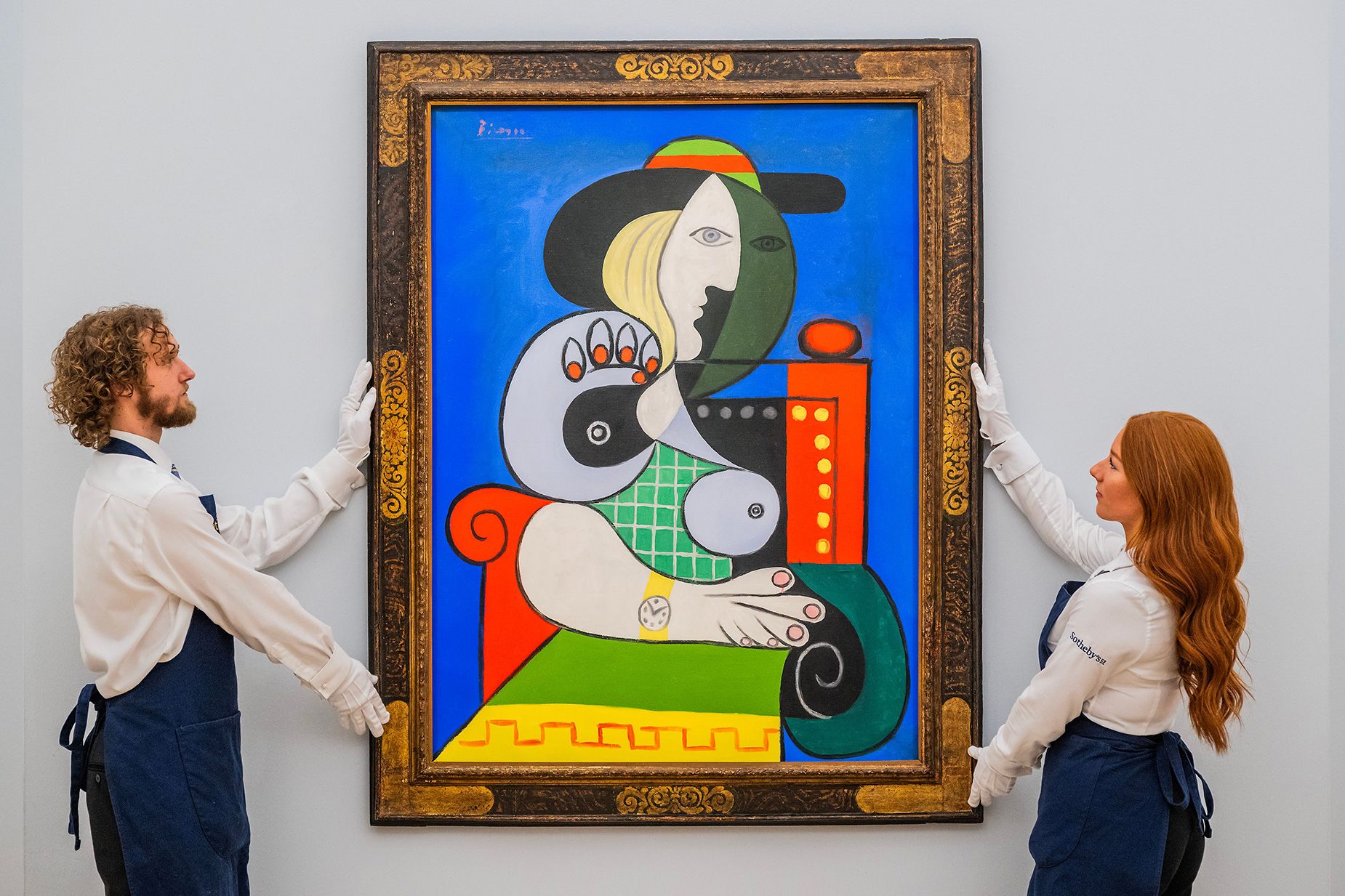
There have been some big-ticket items up for grabs at this year’s auctions, though only two hit the hallowed nine-figure mark: A Picasso masterpiece entitled “Femme à la montre,” which fetched more than $139 million to become the second most valuable work by the Spanish artist ever go under the hammer, and Gustav Klimt’s last ever portrait, which became the most expensive artwork ever to sell at a European auction when it fetched the equivalent of $108 million in London.
Broadly, however, sales were sluggish. Christie’s, for instance, reported a $2.2 billion year-on-year drop in sales 2023, while Philips saw a decline of almost 40% in the first half of the year compared to the same period last year.
The auction giants have looked to diversify their offerings, with several major sales of sneakers and sports memorabilia taking place in 2023. But their success is underpinned by blue-chip art sales, which a recent analysis by Artsy suggests have fallen dramatically: This year, the top 100 auction lots sold for a total $2.4 billion, compared to $4.1 billion in 2022.
Like museums, auction houses also faced scrutiny over the origins of items passing through their doors. In September, Christie’s canceled a sale of jewelry owned by late billionaire Heidi Horten after Jewish advocacy groups and human rights organizations raised concerns that her husband had amassed their family fortune by acquiring Jewish businesses that were sold under duress in Nazi Germany.
Surprise discoveries
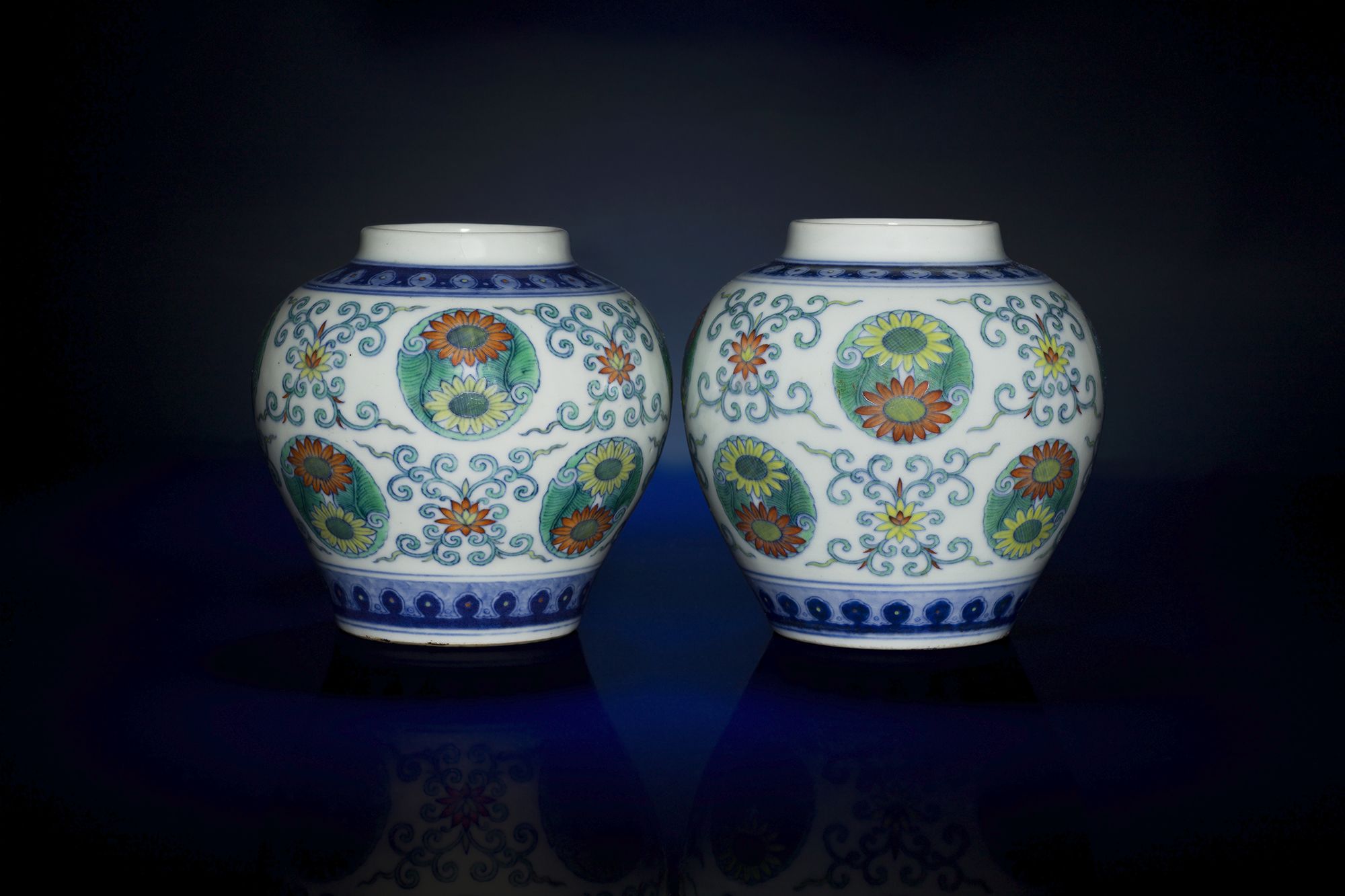
One person’s trash is another one’s treasure, and 2023 saw several lucky bargain shoppers finding gems and turning a handsome profit. Britain’s thrift stores proved particularly lucrative, with a couple in the UK buying a tiny vase by a Japanese ceramic artist for the equivalent of $3.30 that was later valued at almost $12,000, while an anonymous collector sold two Qing dynasty jars for over $74,000, having bought them bought them in a batch of ceramics for just $25.
In the US, an antiques enthusiast saw her $4 purchase attract a sale price of $191,000 at auction after it was revealed to be a long-lost N.C. Wyeth painting (the New York Times subsequently reported that the sale at one point fell through, before a buyer acquired it for an undisclosed six-figure sum). Then, earlier this month, a thrift shopper in Richmond, Virginia turned a huge profit when the glass vase she purchased for $3.99 at Goodwill sold for over $107,000 after being identified as the work of Italian architect Carlo Scarpa.
Other art world discoveries came by way of corrected attributions — such as a painting once sold at auction for $15,000 that fetched almost $14 million this month after being identified as a Rembrandt. And there were surprise returns, too, including a stolen Van Gogh painting that was delivered to a Dutch art sleuth in an IKEA bag.
